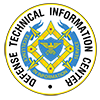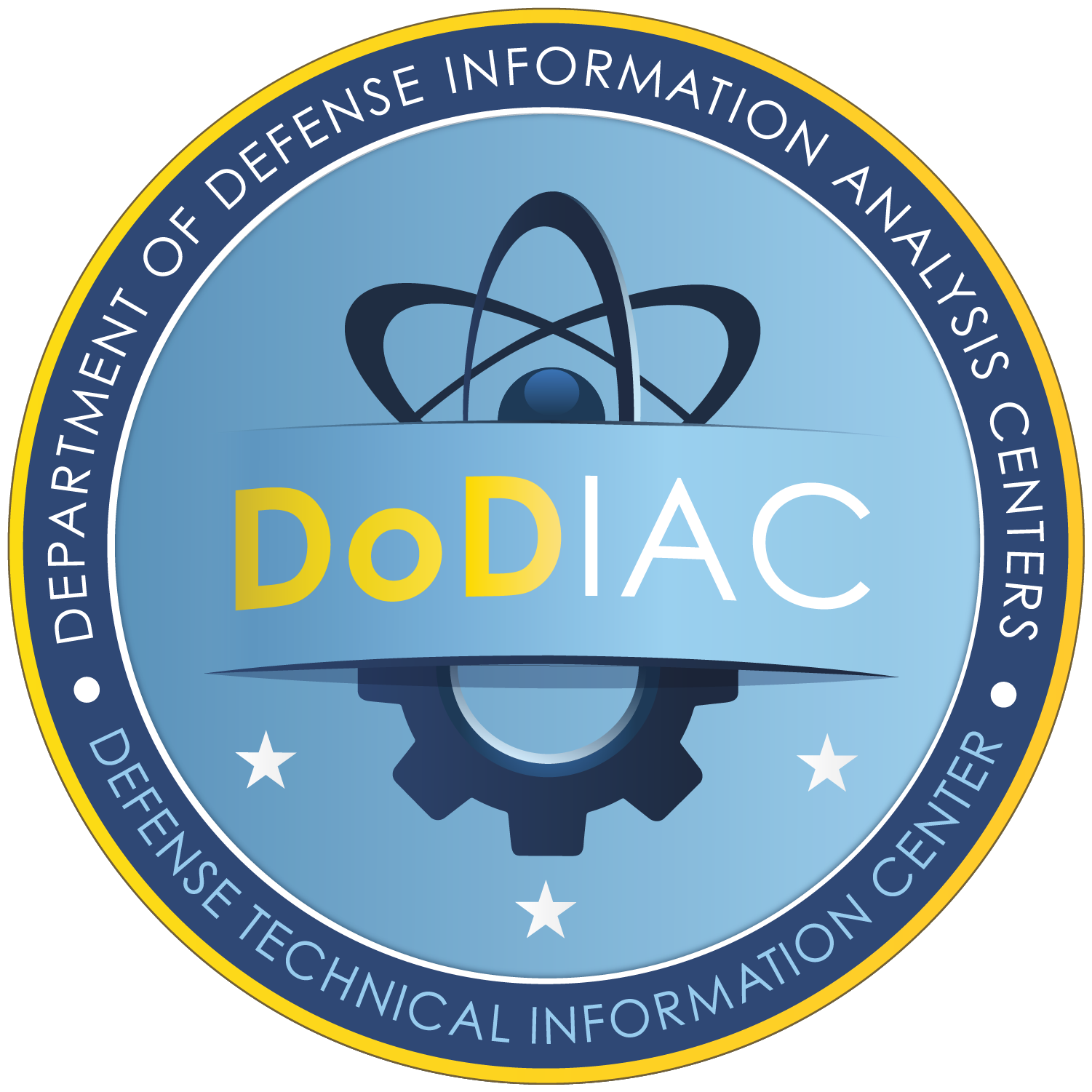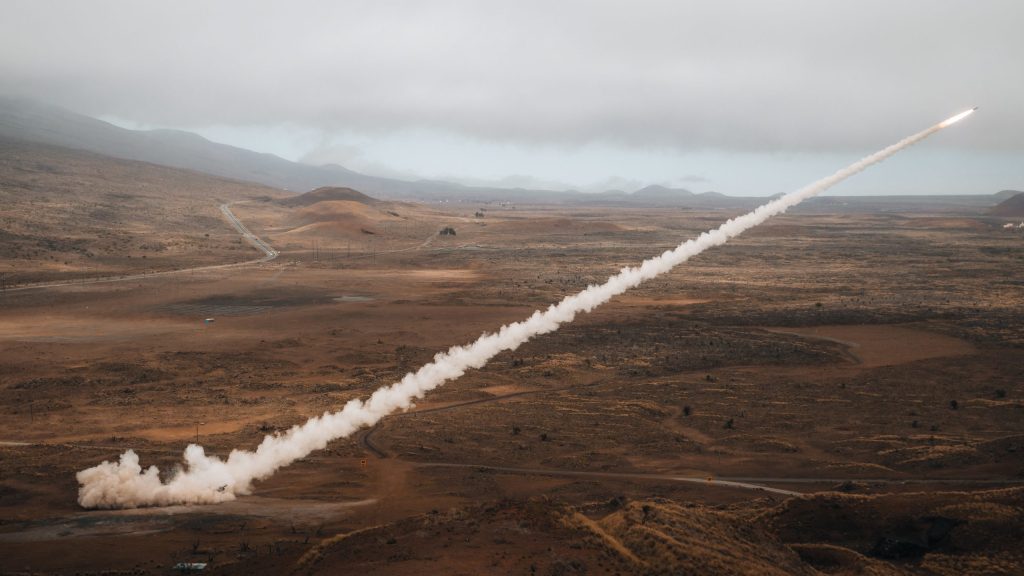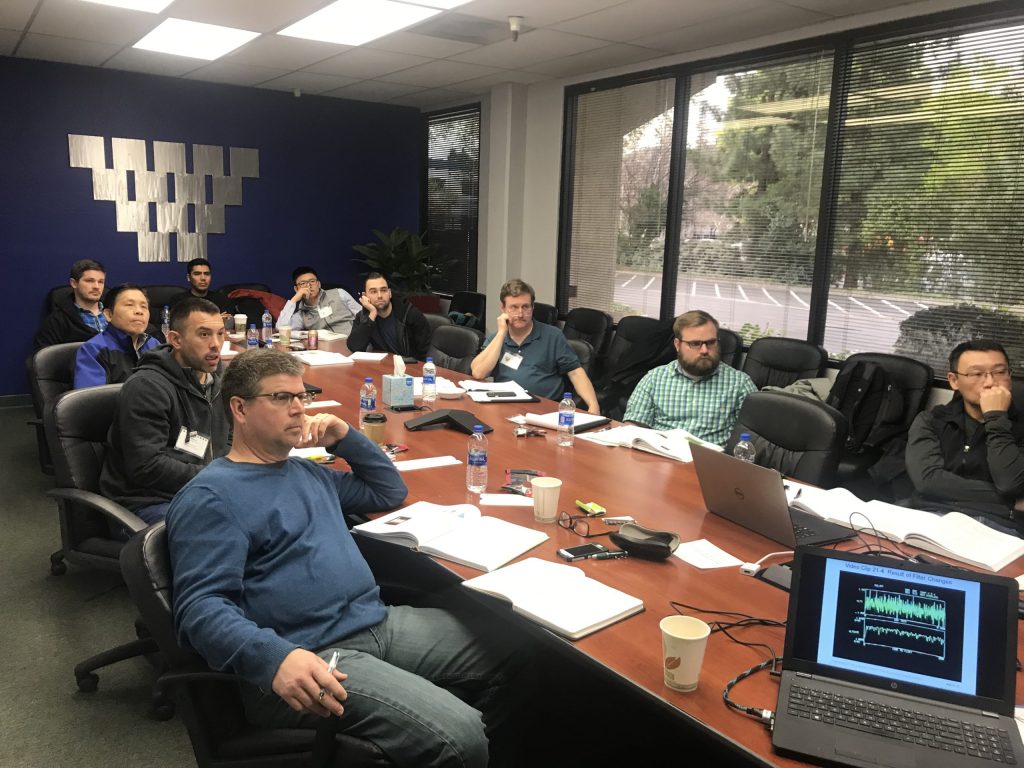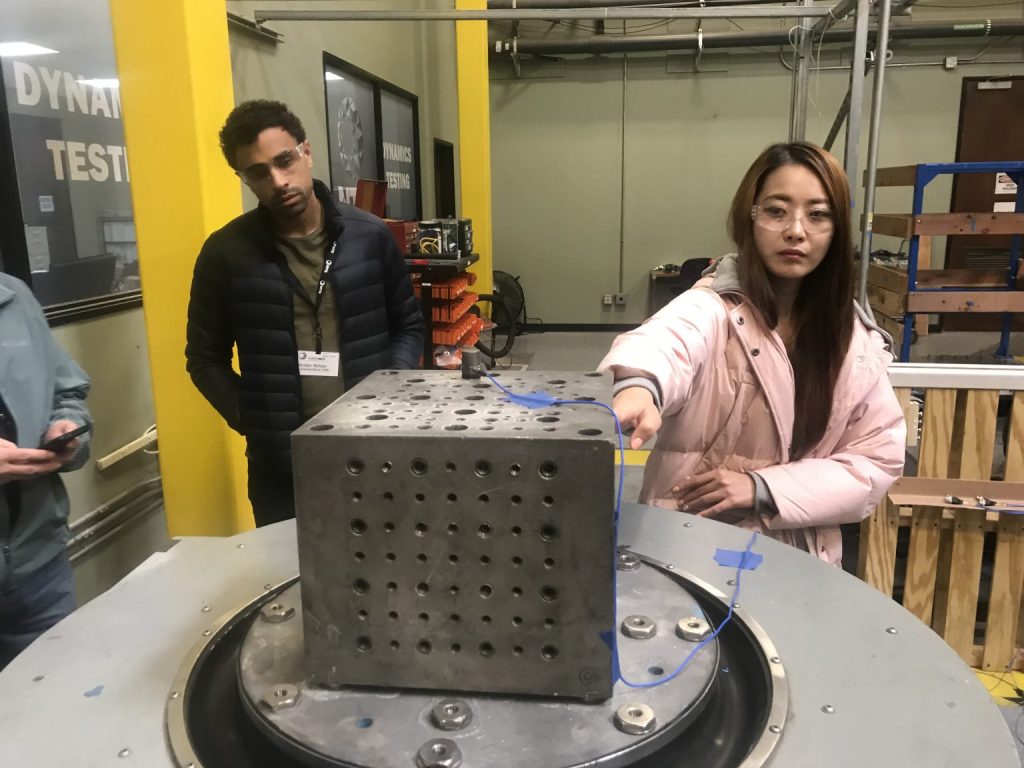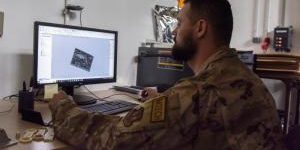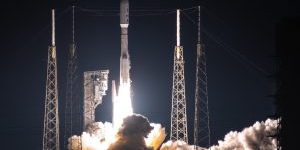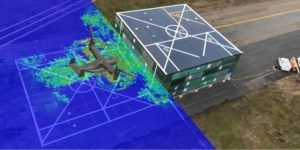More HIMARS, “Phoenix Ghost” Drones Bound for Ukraine
The Defense Department has announced another package of security assistance for Ukraine, which will include additional High Mobility Artillery Rocket Systems (HIMARS), ammunition, and a substantial number of Phoenix Ghost unmanned aerial systems. This latest package includes about $175 million in equipment pulled from existing U.S. military stocks through presidential drawdown authority and $95 million…
